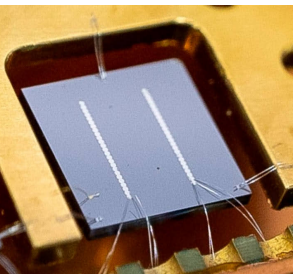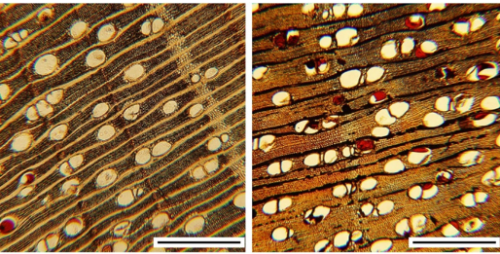2025-04-15 アルゴンヌ国立研究所
<関連情報>
- https://www.anl.gov/article/small-but-mighty-tesseract-joins-the-hunt-for-dark-matter
- https://arxiv.org/abs/2503.03683
TESSERACT共同研究による低閾値2チャンネル熱フォノン検出器における光ダークマター相互作用の第一限界
First Limits on Light Dark Matter Interactions in a Low Threshold Two Channel Athermal Phonon Detector from the TESSERACT Collaboration
C.L. Chang, Y.-Y. Chang, L. Chaplinsky, C.W. Fink, M. Garcia-Sciveres, W. Guo, S.A. Hertel, X. Li, J. Lin, M. Lisovenko, R. Mahapatra, W. Matava, D.N. McKinsey, V. Novati, P.K. Patel, B. Penning, H.D. Pinckney, M. Platt, M. Pyle, Y. Qi, M. Reed, G.R.C Rischbieter, R.K. Romani, B. Sadoulet, B. Serfass, P. Sorensen, A. Suzuki, V. Velan, G. Wang, Y. Wang, S.L. Watkins, M.R. Williams, J.K. Wuko, T. Aramaki, P. Cushman, N.N. Gite, A. Gupta, M.E. Huber, N.A. Kurinsky, J.S. Mammo, B. von Krosigk, A.J. Mayer, J. Nelson, S.M. Oser, L. Pandey, A. Pradeep, W. Rau, T. Saab
arXiv last revised 28 Mar 2025 (this version, v2)
DOI:https://doi.org/10.48550/arXiv.2503.03683

We present results of a search for spin-independent dark matter-nucleon interactions in a 1 cm2 by 1 mm thick (0.233 gram) high-resolution silicon athermal phonon detector operated above ground. For interactions in the substrate, this detector achieves a r.m.s. baseline energy resolution of 361.5 ± 0.4 MeV/c2, the best for any athermal phonon detector to date. With an exposure of 0.233g × 12 hours, we place the most stringent constraints on dark matter masses between 44 and 87 MeV/c2, with the lowest unexplored cross section of 4 ×10−32 cm2 at 87 MeV/c2. We employ a conservative salting technique to reach the lowest dark matter mass ever probed via direct detection experiment. This constraint is enabled by two-channel rejection of low-energy backgrounds that are coupled to individual sensors.



